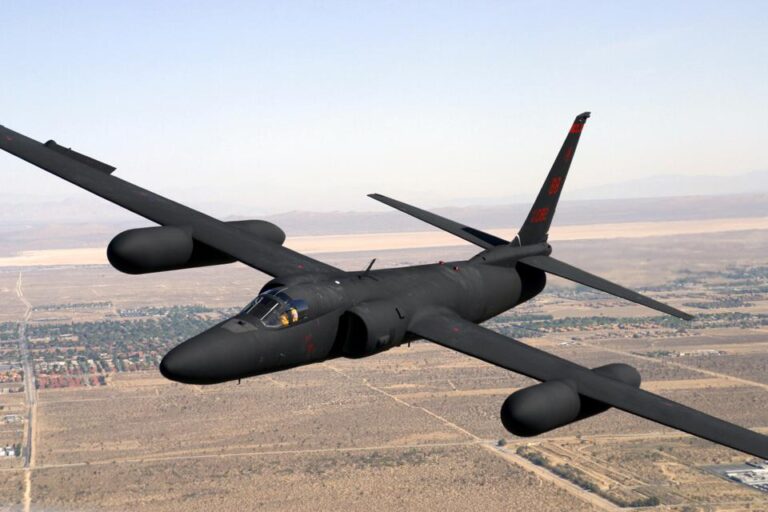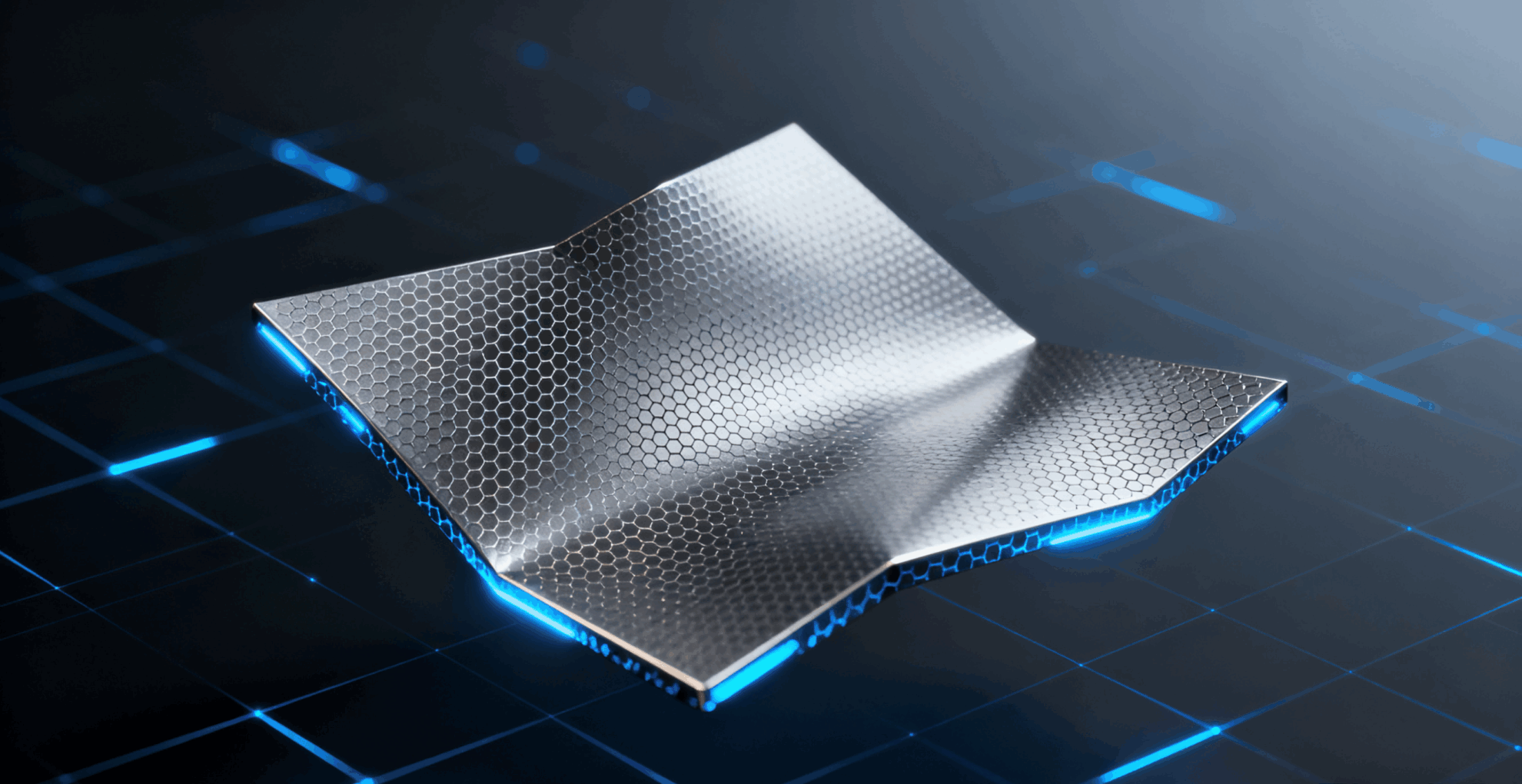Command Palette
Search for a command to run...
After Integrating Kubernetes, the U.S. military's U-2 Reconnaissance Aircraft Puts AI in the co-pilot

Many countries in the world have elevated the development of artificial intelligence to a national strategy, including military. The United States has long been planning for AI military. Recently, AI served as the co-pilot of the U.S. military's U-2 reconnaissance aircraft and cooperated with human pilots to complete a simulated reconnaissance mission.
AI controlling military weapons will probably no longer be a scene from science fiction movies.
On December 15, an AI named ARTUµ (also known as Artoo) took the co-pilot seat of a U.S. U-2 reconnaissance aircraft and carried out a simulated reconnaissance mission with its partner, a human pilot.
As a famous, advanced and still in use high-altitude reconnaissance aircraft in military history, the U-2 has been in service since 1956. It has been shot down several times, including 5 by China, 1 by Cuba and 1 by the Soviet Union. It is also known as one of the most difficult models to deal with.

AI becomes co-pilot of reconnaissance aircraft, responsible for key systems
ARTUµ was developed and trained by the U.S. Air Combat Command U-2 Federal Laboratory to enable it to work with pilots to perform specific flight missions.
This reconnaissance training mission was carried out at Beale Air Force Base in California. ARTUµ is carried on the U-2 high-altitude reconnaissance aircraft and is fully responsible for two key systems: sensor operation and radar.
The US military said this was the first time that artificial intelligence completed a flight as a co-pilot of an Air Force aircraft.This marks that the AI algorithm has officially taken control of the military system in this operation.

Specifically,ARTUµ’s mission is to detect and identify enemy missile launchers during simulated missile attacks.The pilots of the U-2 reconnaissance aircraft are responsible for searching for enemy aircraft.
In this test, the U-2 gave ARTUµ Full access to the radar, but shutting down its access to the aircraft's other subsystems.
During the mission, without intervention from a human pilot, ARTUµ is fully capable of autonomously deciding on the mission, such as using the radar exclusively for missile search or self-protection.

Will Roper, Assistant Secretary of the U.S. Air Force, said, "Like any pilot, ARTUμ has strengths and weaknesses. What we must do next is to have a deeper understanding of the ARTUµ, preparing humans and artificial intelligence to enter a new era of human-machine collaboration and algorithmic competition. "
From containers to AI, U-2 is actively trying out new technologies
The U-2 reconnaissance aircraft was a representative weapon of the US military during the Cold War. It could perform all-weather reconnaissance missions at an altitude of 21,336 meters, day and night. Its prototype No. 001 completed its first flight in secret in August 1955, and the first batch of four U-2s began to serve in the US military in 1956.
Currently, the US military has about 30 U-2s, with an average age of 40 years.These main force of the United States' high-altitude reconnaissance aircraft have been in service for many years, but have also experienced problems such as slow flight speed and aging platform performance.

In an evaluation report, the project manager of Lockheed, the developer of the U-2, pointed out that the performance of the U-2 reconnaissance aircraft has fallen behind the operational requirements. Therefore, upgrading its components and systems may be a last resort for the US military.
Since the beginning of 2018, the U-2 Federal Laboratory has been working to integrate the Air Force with applied technology and artificial intelligence.
In September this year, U-2 publicly stated that it would use container technology Kubernetes in its training missions. The Department of Defense said that Kubernetes can centralize available onboard computing resources in military weapon systems, allocate computing power on demand, and is expected to bring crucial turning points to emergency combat situations.
Shortly thereafter, the laboratory officially announced that it had installed the artificial intelligence ARTUµ system when upgrading the U-2 reconnaissance aircraft.After nearly three years of study and more than one million computer simulation trainings, the ARTUµ system continues to master and improve its insights.
Spying around the world, stalking China, the U-2 spy plane is no pushover
In the more than 60 years of service, the U-2 has fought across the globe. Since the Cold War, it has conducted reconnaissance on countries such as the Soviet Union, Cuba, North Korea, Vietnam, and even my country.
On May 1, 1960, a U-2 was shot down for the first time in the Soviet Union, and the Soviet Union displayed its wreckage to the outside world.
On September 9, 1962, the U-2 reconnaissance plane was shot down in China for the first time. Some data show that a total of five planes were lost in China.

Despite being shot down by our country many times, U-2 reconnaissance aircraft are still frantically probing our no-fly zone.On August 25 this year, a U.S. military U-2 reconnaissance aircraft intruded into the no-fly zone of the People's Liberation Army's Northern Theater Command live-fire exercise., seriously interfering with China's normal training and exercise activities. China has lodged solemn representations to the United States.
Although the U.S. Air Force stated that the purpose of equipping the U-2 with an AI system is to reduce the workload of U-2 pilots and focus on combat decisions, the system can also be used on other combat aircraft after modification.
In the arms race, the United States has been the hegemon for many years, with growing military spending year by year, active US military bases around the world, frequent military operations, and active application of various cutting-edge technologies.
Let us continue to pay close attention to what other dangerous moves the beacon country will make in the era of artificial intelligence.
News Source:








